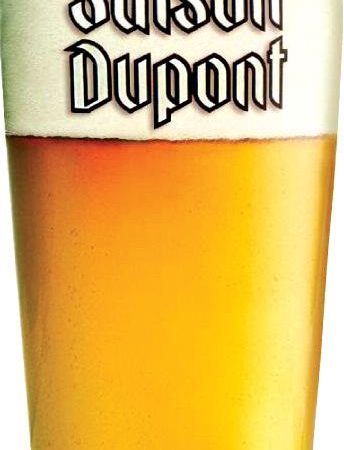If you translate “biéres de garde” from French to German you would get “lager.” Both terms mean stored or matured beer.
In the case of the French style, however, we are talking about warm-fermented ales. Unlike modern German lagers, biéres de garde are rural not urban beers. They are stored beers because their origins are bucolic: brewed by farmers from local grains and hops in February and March and stored in wooden casks for consumption by the farmers’ families and labourers during the long hot summer and at harvest time.
The style has its roots in the region of Nord-Pas de Calais, made up of the ancient areas of Artois, Flanders and Picardy.
Across the border, the French-speaking region of Belgium, Wallonia, has a related style known as saison. These seasonal beers also have their origins in the countryside, brewed by farmers for families and workers. In both northern France and Wallonia, farm workers were once paid in kind, with potatoes and beer.
French speakers in this vast region of flat land, marshes and rivers take beer seriously. The land provides the essential ingredients for beer, with fields of barley and orchards of hops. It is a region peppered with Flemish names, reminding us that Lille was once the capital of French Flanders. The French and the Walloons drink beer, eat with it, cook with it and welcome such seasonal specialities as biere de mars (March beer) and biere de nöel (Christmas beer) as joyously as Beaujolais Nouveau is greeted further south.
Biéres de garde and saison have risen from the dead. Beer was also brewed for coal miners as well as farm workers when Lille was at the centre of the mining region. But the mines have all closed and two World Wars in the 20th century ravaged both the land and the breweries of northern France and Wallonia, with copper brewing vessels seized by the invading Germans for the war effort. The beers of the north revived due to the interest in Belgian beers and a rediscovered pride in the history and cuisine of the Pas de Calais, helped by the cult status afforded the Jenlain beers from the Duyck brewery by students in Lille in the 1980s. Additional support came from a consumer movement, Les Amis de la Biere (the Friends of Beer), formed in 1986 to promote the products of the region.
With the exception of spring and winter versions, neither biéres de garde nor Saison are seasonal beers today. True members of the styles should be made by warm fermentation, though some brewers use lager yeast cultures for bottle conditioning: they quote the great god, Shelf Life. The beers are rich, malt accented, often spicy but not especially bitter. They come in pale, amber, brown and russet colours and, while made by commercial brewers, often retain their rustic roots. Annoeullin and Duyck in France and Dupont and Pipaix in Belgium started life as farm brewers.
In a continent dominated by lager beers, many produced by global giants, it’s heartening to find these old styles reaching out to a new and ever appreciative audience.
This Article is from Beers of the World Issue 23, and the rest can be found here.

